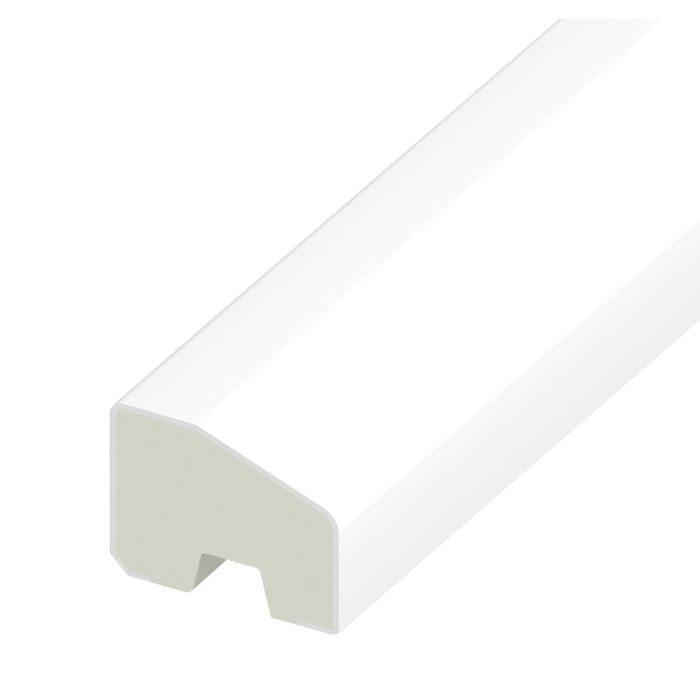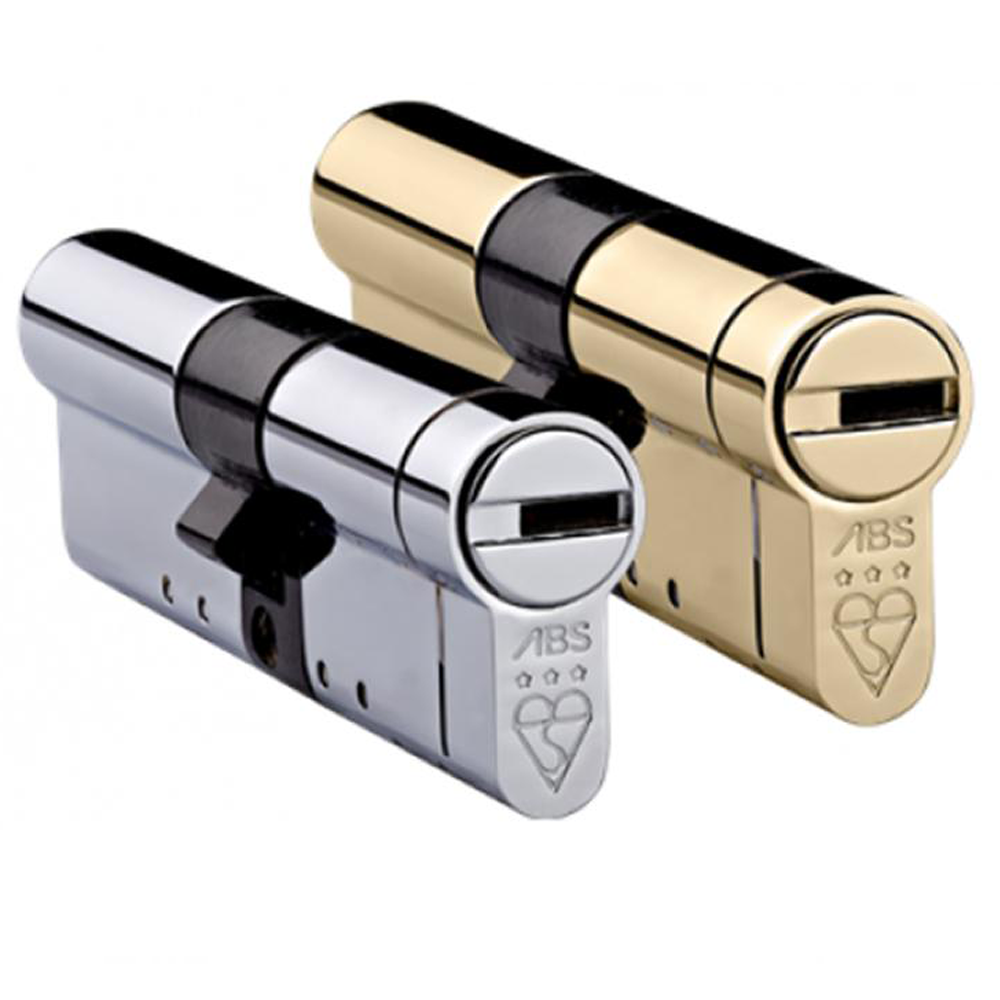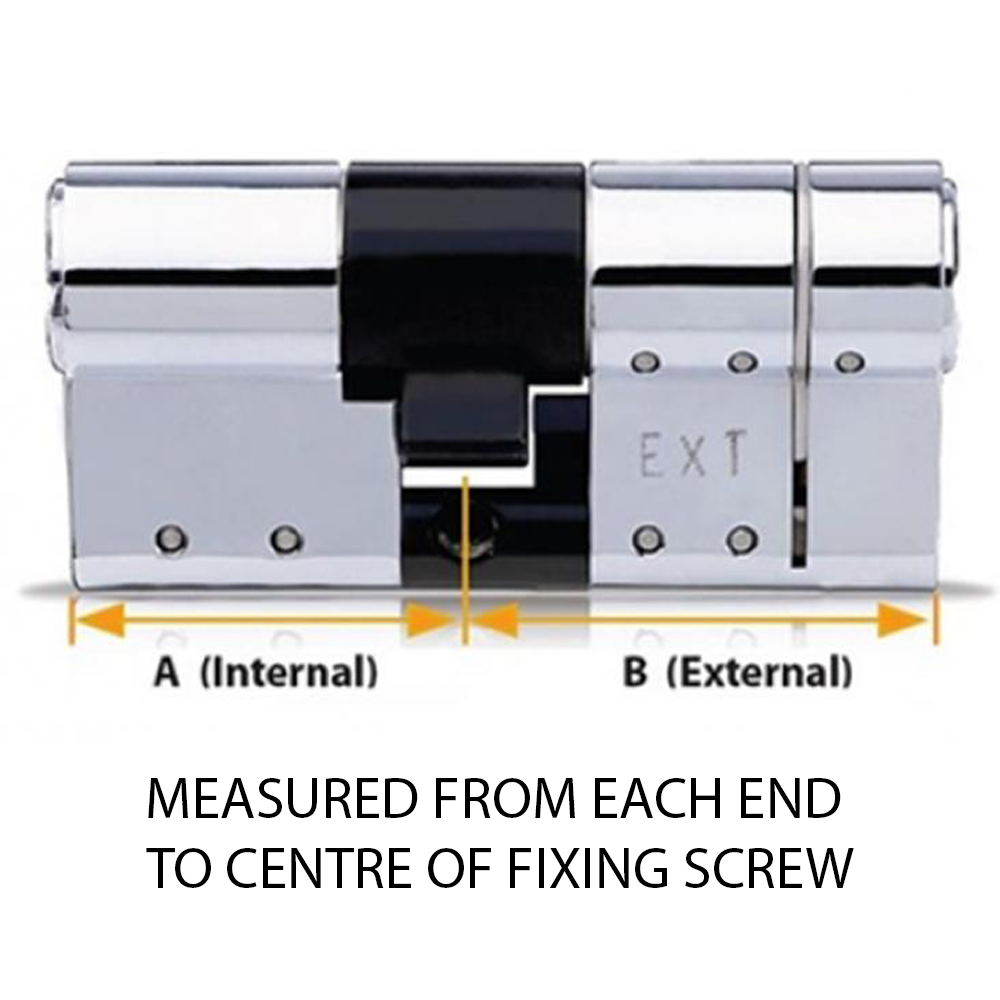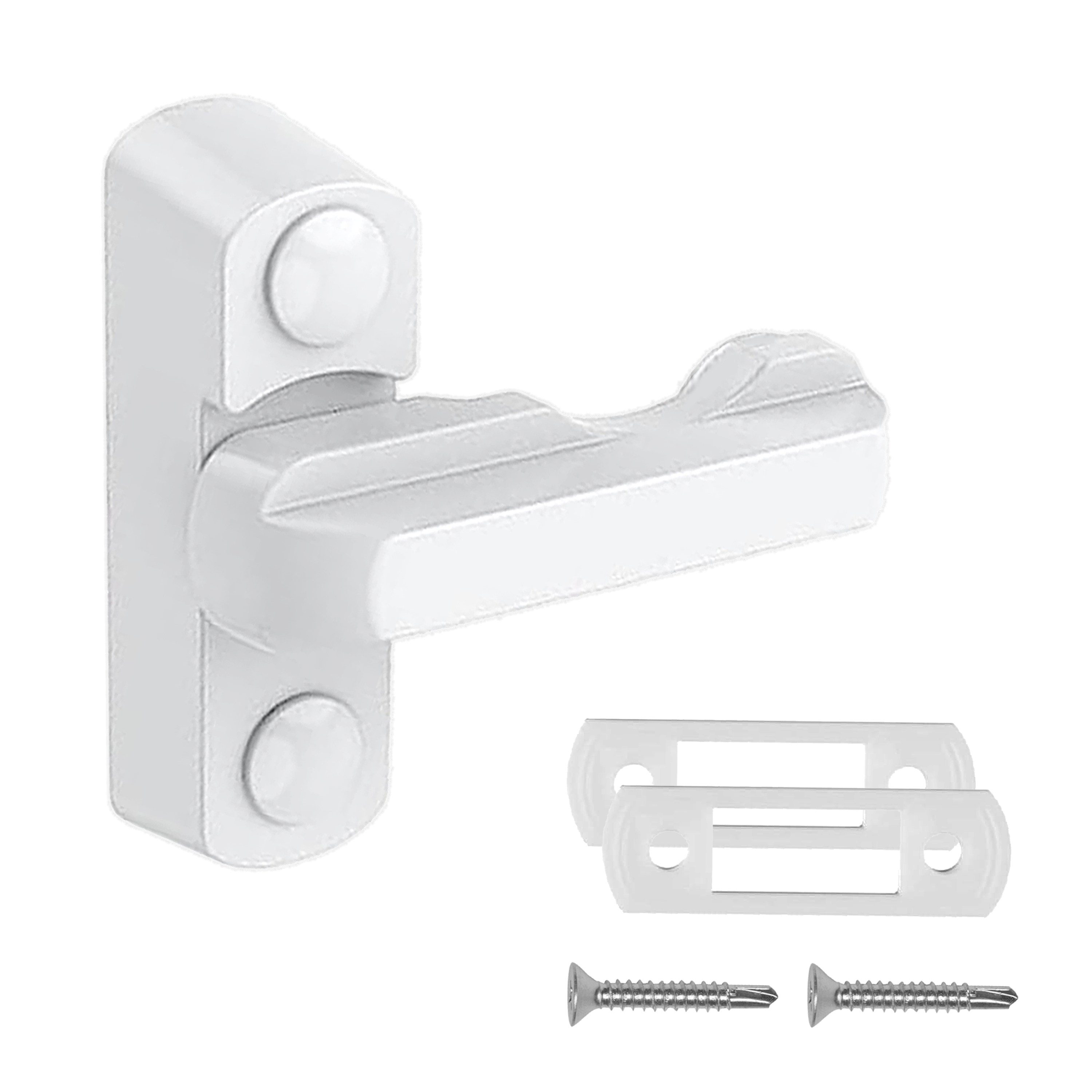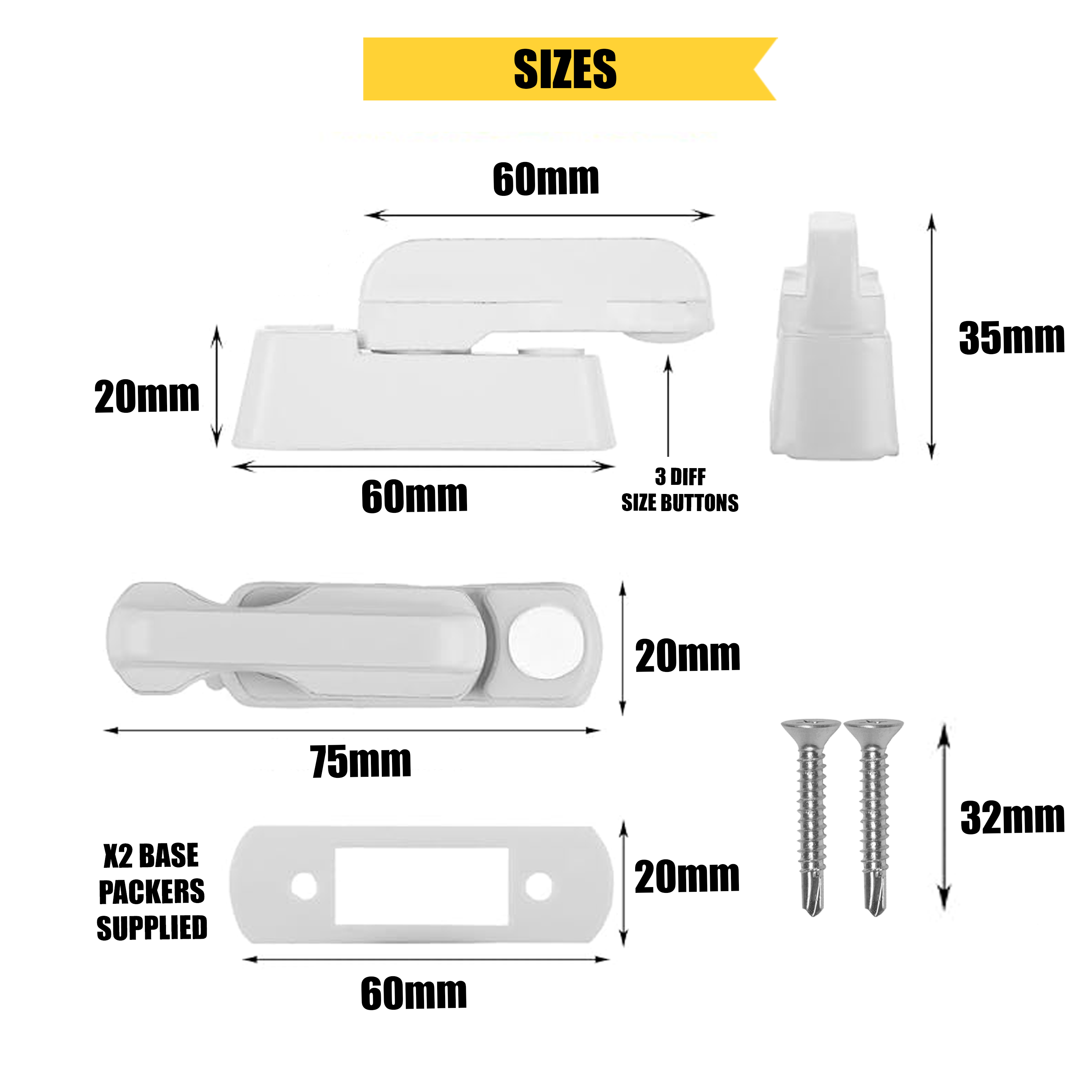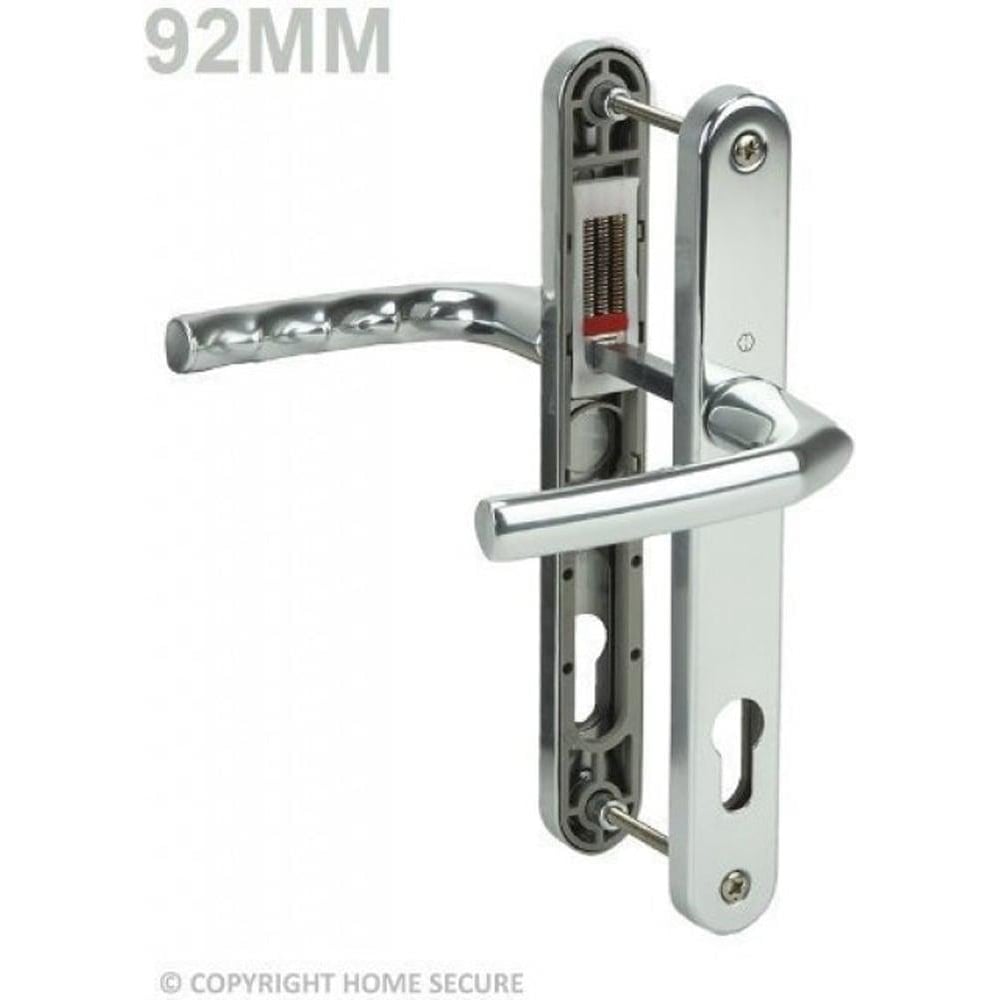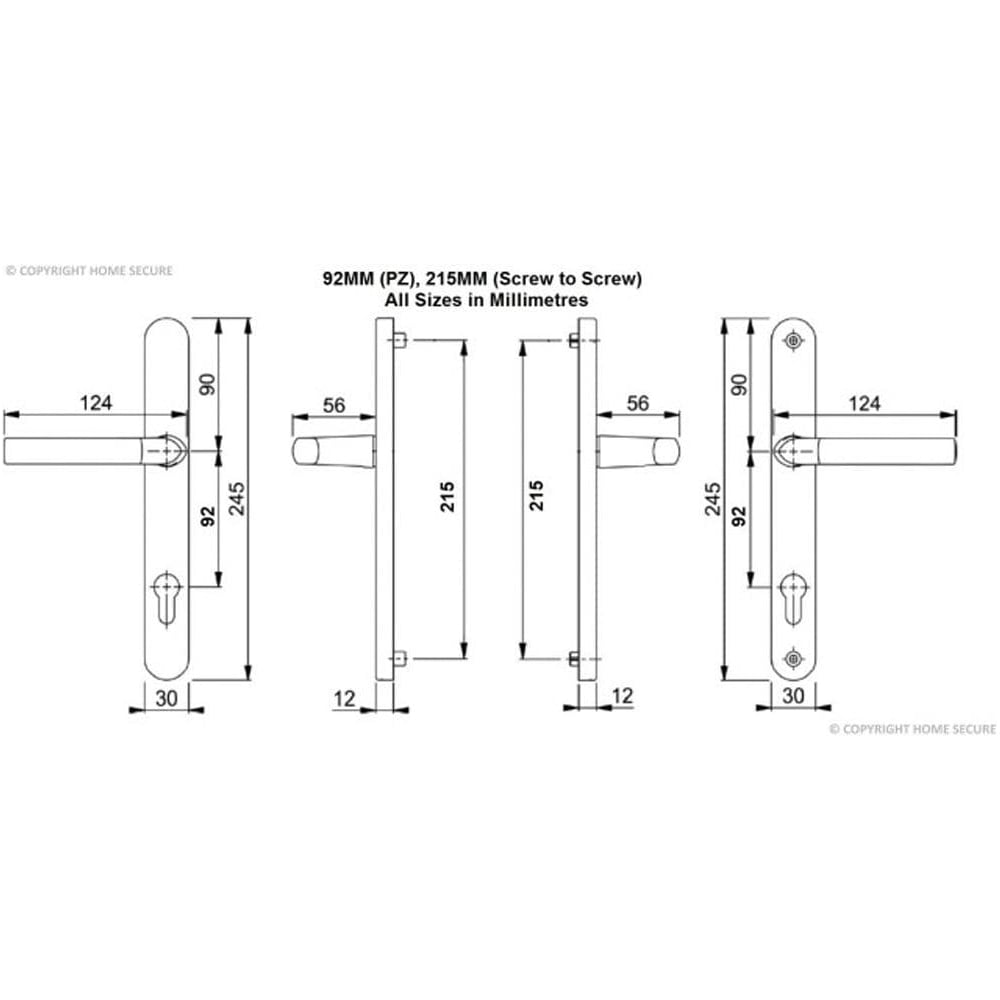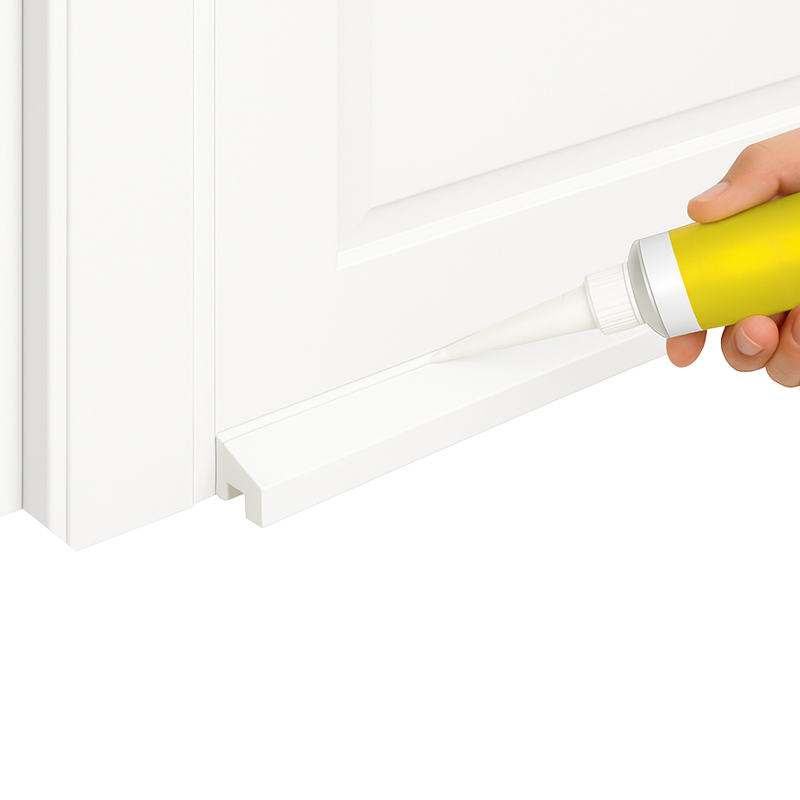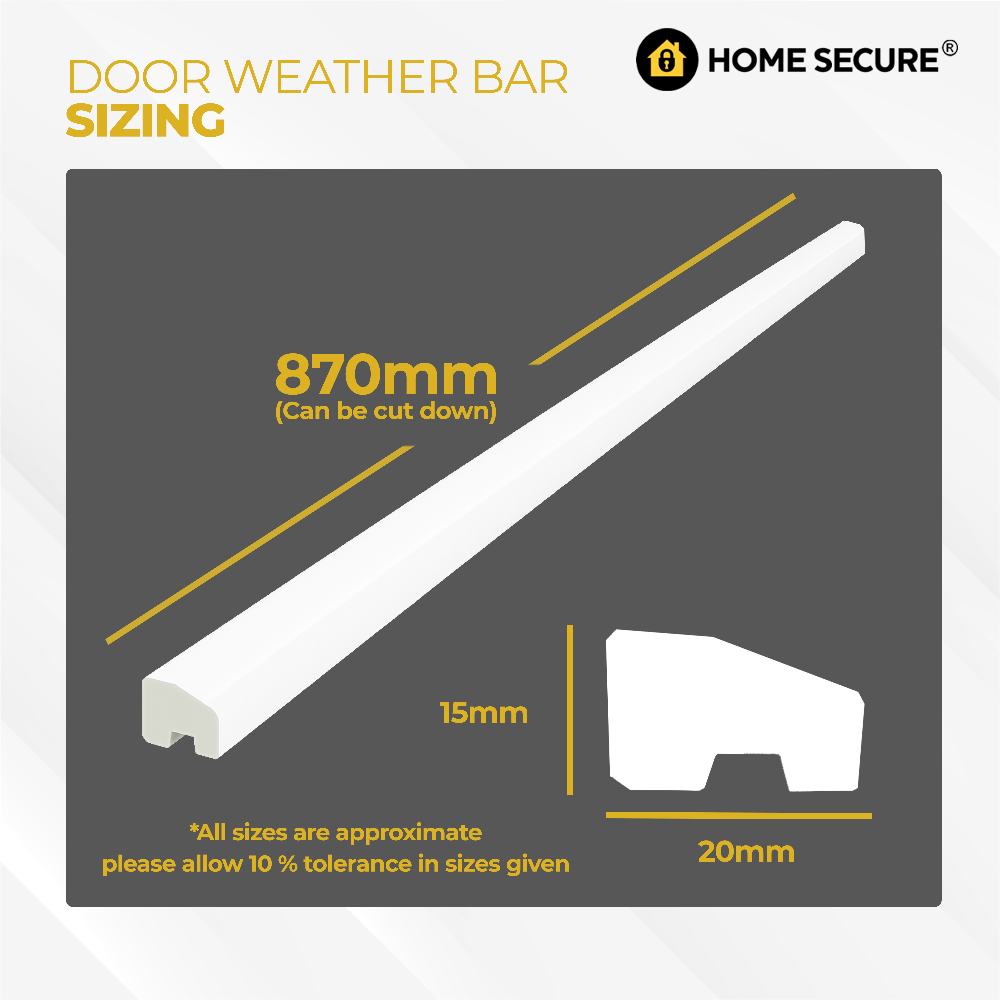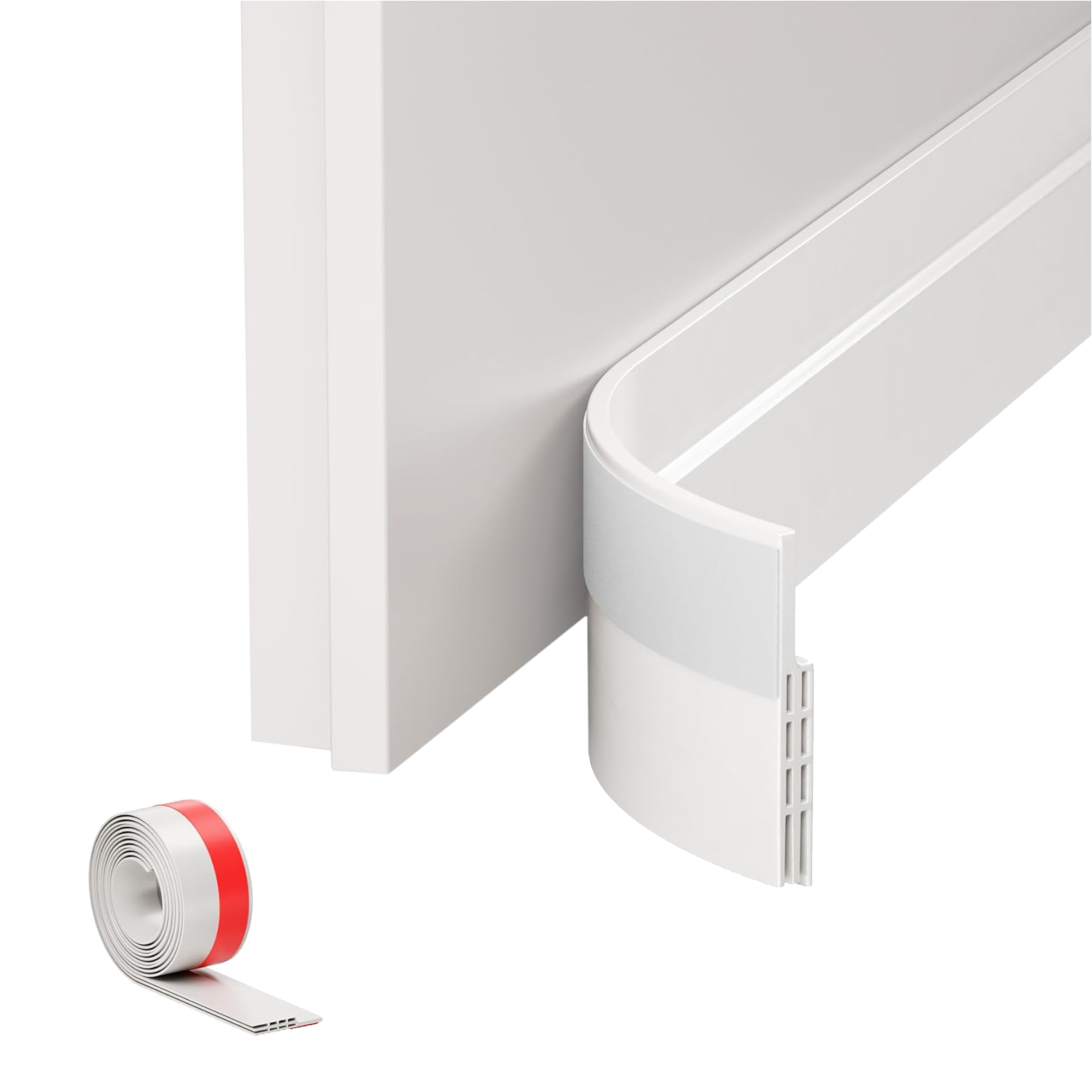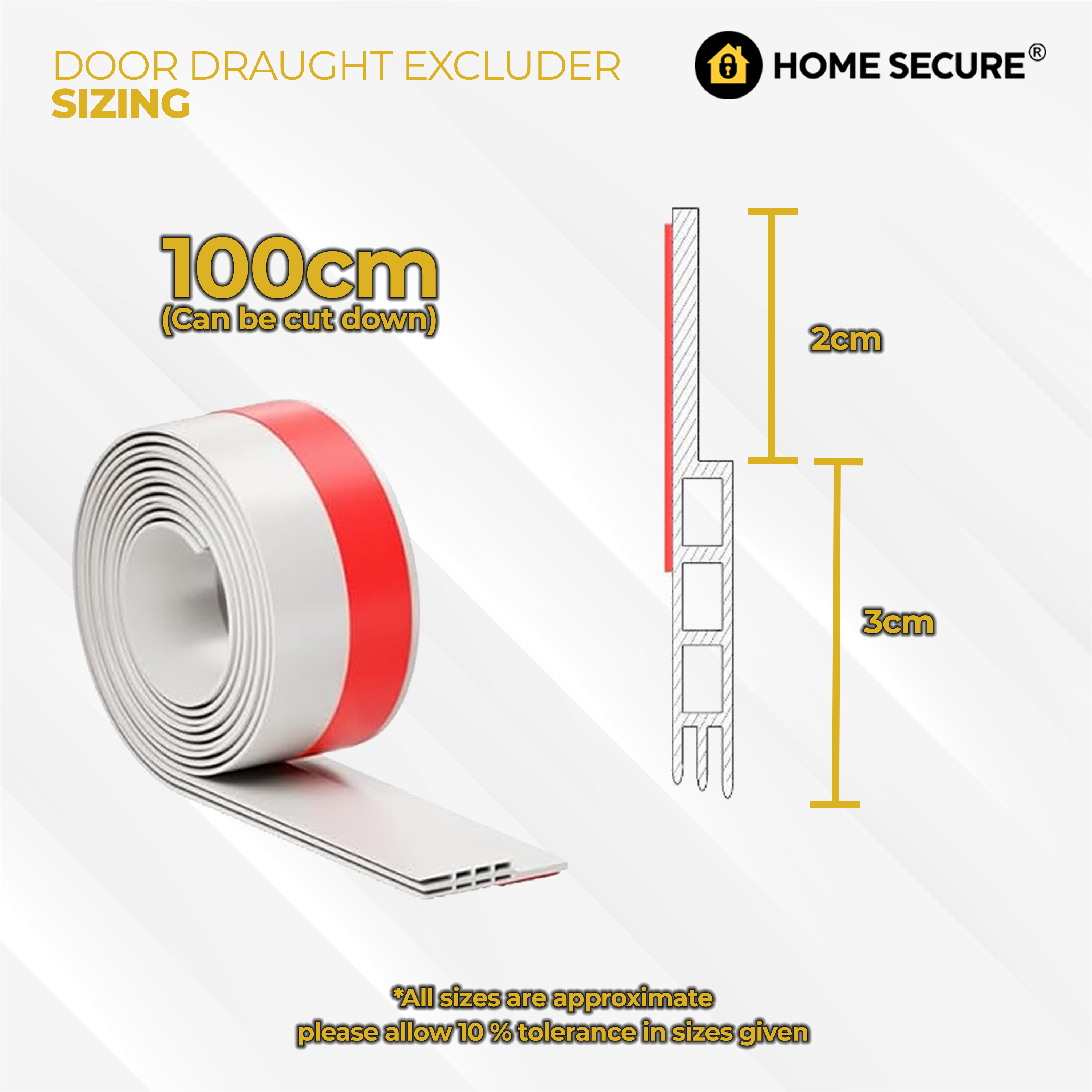If you’ve ever noticed rainwater creeping under your front door, you’re not alone. Door leaks are one of the most common issues homeowners face during heavy downpours. Over time, those leaks can damage flooring, promote mould, and weaken door frames. The solution? Installing a uPVC weather bar (also called a door rain deflector) to block leaks before they start.
Why Do Doors Leak in Heavy Rain?

Water entering through the base of your door often happens because:
-
The threshold isn’t high enough to resist pooling water.
-
Seals, gaskets, and door sweep strips wear out or deform.
-
Strong sideways or wind-driven rain pushes water against the base.
Even a tiny gap can allow water in, so it’s smart to use a physical barrier that forces water to drain away instead of entering inside your home.
What Is a uPVC Weather Bar or Rain Deflector?

A uPVC rain deflector is a narrow, angled strip installed at the bottom of an external door. It directs water away from the threshold so it cannot pool or seep under the door.
Key advantages:
-
Durable, moisture-resistant uPVC (won’t rot, rust, or corrode)
-
Compatible with uPVC, composite, and timber doors
-
Many models are DIY-friendly
-
Discreet design that blends with most door styles
One reliable option is the uPVC Door Weather Bar – Rain Water Deflector / Weather Drip Board
Rain driven beneath or around an external door may seem harmless in the moment, but over time it can lead to rotting frames, damp flooring, and increased heating costs. For a practical guide on protecting your doorway from water ingress, the DIY Doctor explains how to install a door weatherboard (also called a rain deflector or drip bar) and demonstrates how it redirects water away from the threshold to prevent damage. diydoctor.org.uk
When fitting your own weather bar, make sure it overlaps the bottom edge of the door by 10–15 mm, sits flush with the threshold, and uses corrosion-resistant fixings — even the best deflector won’t stop leaks if there are gaps or poor drainage beneath.
Benefits of Installing a Rain Deflector
When you fit a door weather bar, you don’t just stop leaks—you gain multiple advantages:
-
Protects interior surfaces — Keeps floors, skirting boards, and entryway finishes dry.
-
Prevents moisture damage — Stops long-term warping, rot, or mold formation.
-
Improves weather sealing — Adds an extra layer of defense against drafts and moisture.
-
Extends door life — Reduces strain on door seals and lowers maintenance needs.
To browse alternatives or complementary sealing products, check out the full door weather bars collection at Home Secure Shop.
How to Install a uPVC Weather Bar

Fitting one is straightforward:
-
Measure the full width of your door (including the frame if needed).
-
Mark the position so the bar sits flush with the bottom face of the door.
-
Drill pilot holes (if not already provided).
-
Screw or bolt in place the weather bar.
-
Seal the top edge (with exterior-grade silicone) if necessary.
-
Test with water — pour or spray to confirm the water is deflected outward.
Most installations take under an hour. If you're not comfortable doing it yourself, a door or window contractor can install it for you.
Protect Your Home from Rain Leaks Today
Don’t let rainwater damage your entryway, flooring, or finishes. A well-positioned uPVC weather bar / door rain deflector is a low-cost upgrade that offers long-term protection.
👉 Buy the exact product featured in this article here:
uPVC Door Weather Bar – Rain Water Deflector / Weather Drip Board Implementing this upgrade now saves you from expensive repairs later.
Check out the featured products from this article below 👇

